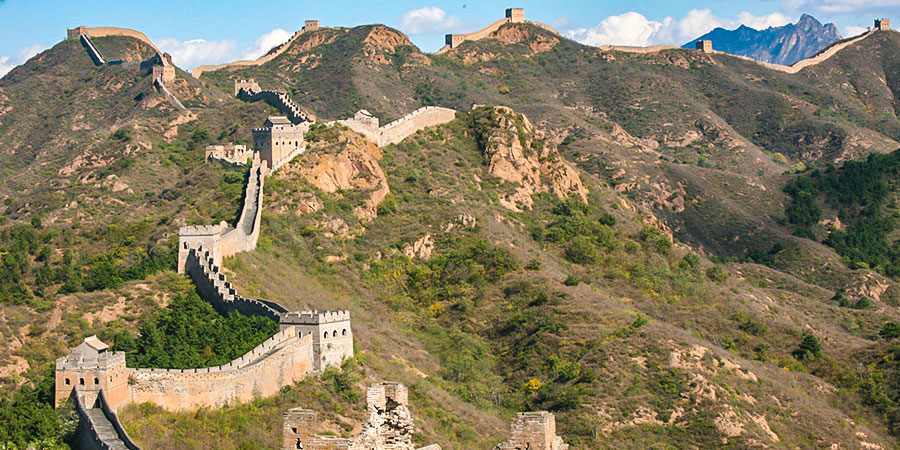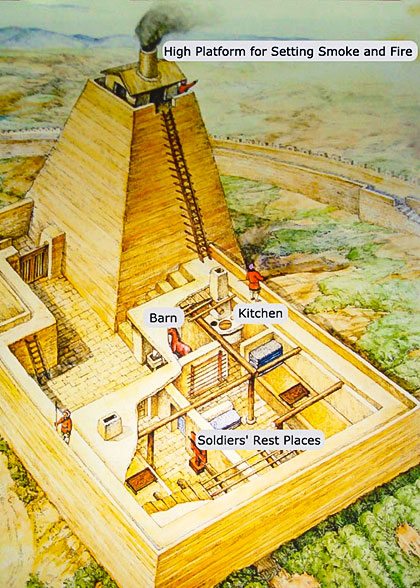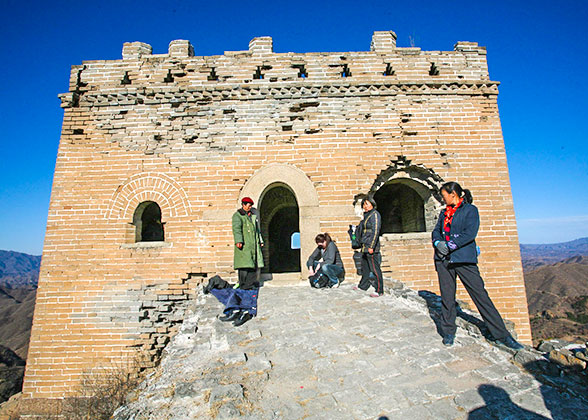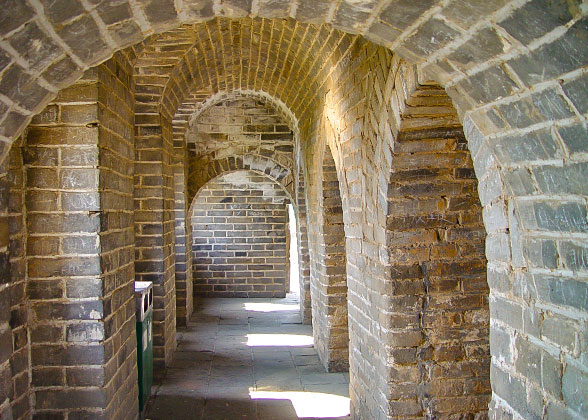Beacon Towers of China Great Wall
|
|
How did beacon towers help deliver military messages?
Soldiers were stationed in the Great Wall of China guard towers. When the enemies were approaching, soldiers on guard set smoke in daytime and lit fire in night to tell the next guard tower that dangers were coming. Then the soldiers on the next tower would do the same to tell the next till the nearby troops were armed and ready to fight. This was how they guarded the Great Wall of China.
How was the smoke and fire made at the Great Wall of China?
In different dynasties, different materials were used to make smoke and fire, and different amount of smoke and fire represented different numbers of approaching enemies. In the Han Dynasty (202 BC - 220 AD) for instance, the grasses and tree branches were used in daytime together with wood piles and drums, while torches were used at night also accompanied with wood piles and drums. Lighting of one wood pile indicated that the coming enemies were less than 1,000; two wood piles indicated over 1,000 enemies; three wood piles indicated over 1,000 enemies were attacking the barrier right at the moment. There were also different regulations on the use of other materials based on the number of enemies and the direction of attack.
In some time periods, animal dung was also used. The best-known is wolf dung and this is the reason why the tower smoke is called "Langyan", meaning “wolves' smoke” in Chinese.
Where to build the beacon towers?
For better viewing points, watch towers were generally built on high places like mountain peaks or hill tops. The high altitude ensured that the nearby towers and troops see the messages clearly.
Most beacon towers we see today are built right on the Great Wall. There are 3 other types of towers:
1. one type was built some distance away outside the Great Wall to better watch the enemies' movements;
2. one type was inside the wall and connected with the passes or garrisons where troops were stationed;
3. one was on both sides of the wall so soldiers could move to the wall from either directions as soon as possible if the enemies were coming.
The beacon towers were generally built by using local materials according to the local conditions. In mountainous areas, they are built by laying pieces of stones and bricks. While in grassland and desert, they are of rammed-loam construction.
 |
| Beacon Towers on Mountain Peaks |
How far apart are the watchtowers on the Great Wall of China?
The distance between two towers is about 5,000 meters (5,468 yards); in some sections built in the Ming Dynasty (1368 - 1644), the distance between is about 2,500 meters (2,734 yards).
Shape and Structure of Beacon Towers
 |
| Structure of a Han Beacon Tower (Click to enlarge) |
The beacon towers are usually in square, rectangular or round shapes. Those built in the Han Dynasty in northwest China are roughly square with the side length of 6-7 meters (6.6-7.7 yards); their remaining height is about 8 meters (26 feet). Those built in the Ming Dynasty were square or rectangular with the side length of 5-8 meters (5.5-8.7 yards) and the height of 6 meters (19.7 feet).
A beacon tower usually has 2-3 floors. The top was where soldiers kept watch and fire wood and animal dung were saved. The lower floors were used as soldiers’ rest places, storehouses and barns. In peaceful days, the soldiers even raised sheep and cattle in the lower floor to eat and saved their dung to burn in war time.
In some towers, stairs were built inside to connect different floors, while in some towers, no stairs have been found. According to historical records, wood ladders or rope ladders were used, which could be taken away when enemies were coming up.
King You, the king of the Western Zhou Dynasty (11th century BC - 771 BC), loved his concubine Baosi very much. To make her smile, King You ordered to light the beacon towers to fool his Marquess and soldiers. On seeing the soldiers scrambling to leave after knowing there was no enemies coming, Baosi indeed burst into smile. This made the king very happy and he repeated the joke more than once. Later, when the enemies really came, King You commanded to light the towers, but no soldiers came. The king was killed and the Western Zhou Dynasty collapsed.![]() Further Reading:
Further Reading:
![]() How was the Great Wall of China defended?
How was the Great Wall of China defended?
![]() Beacon Towers
Beacon Towers

